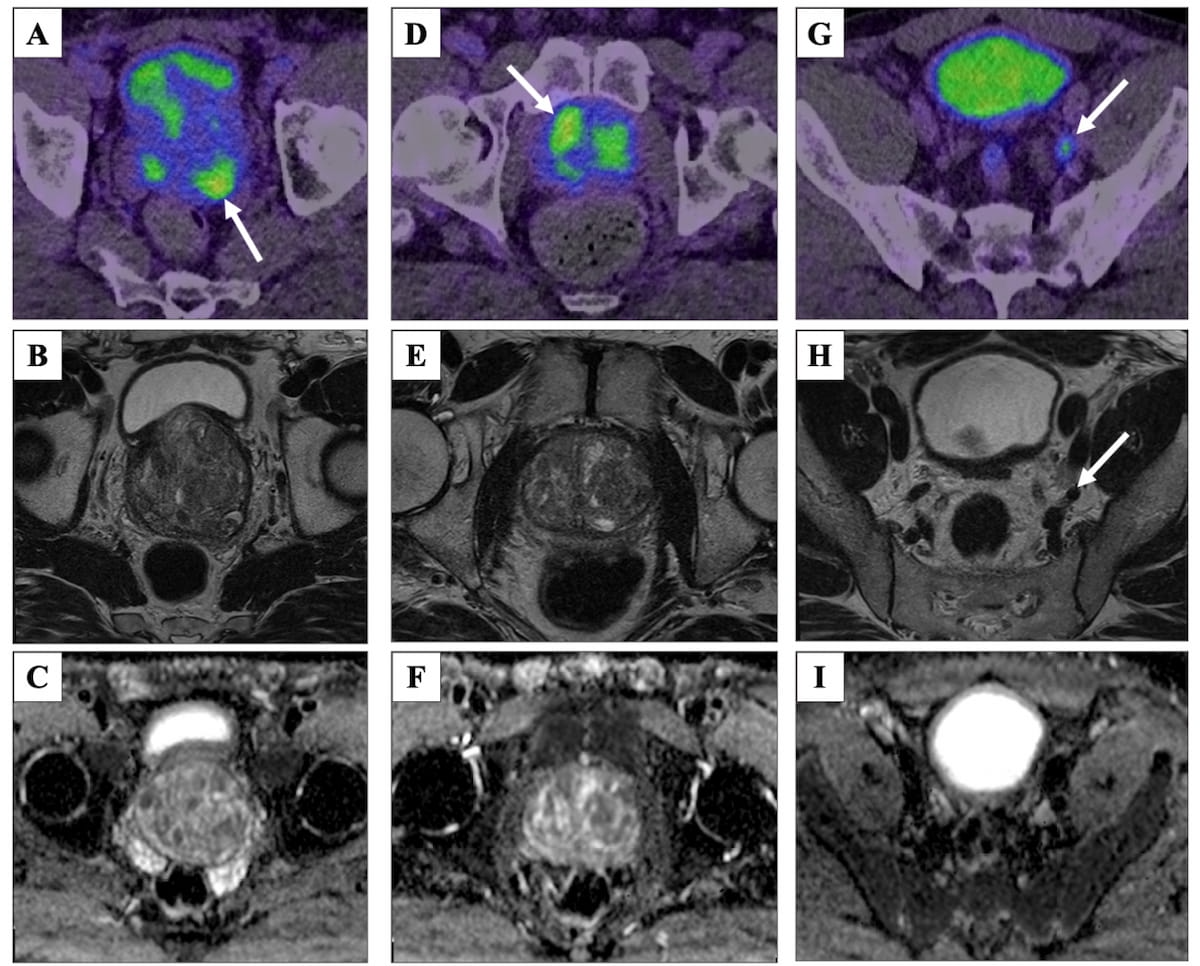Fitness
Study Examines Prognostic Value of 68Ga-PSMA-11 PET/CT for Patients at High Risk of PCa

In a study of over 500 treatment-naïve men with at least one of three major risk factors for prostate cancer, 43 percent of those with all three risk factors (PSA values > 20 ng/ml, ISUP grade > 3 and MRI T-stage > 3) had evidence of metastatic prostate cancer (PCa) on 68Ga-PSMA-11 PET/CT imaging.
For the retrospective study, presented at the 2024 Society of Nuclear Medicine and Molecular Imaging (SNMMI) Annual Meeting, researchers examined correlations between clinical factors, imaging parameters and metastatic PCa in 525 men who had 68Ga-PSMA-11 PET/CT imaging,
In a univariable analysis, the researchers found that 11.8 percent of those having at least one of the aforementioned risk factors for PCa had metastatic PCa on 68Ga-PSMA-11 PET/CT imaging. The percentage of patients with metastatic PCa more than doubled (25.6 percent) with two risk factors and climbed to 43.5 percent with all three risk factors, according to the study authors. The researchers noted the correlations between elevated PSA level and MRI T-stage >3 with metastatic PCa on PET/CT imaging were also evident in the multivariable analysis.
While MRI imaging showed no focal suspicious areas (B and E) nor focal areas of diffusion restriction (C and F) in a 63-year-old man with a PSA level of 32 ng/ml, PET/CT revealed nodal metastases (A and D) as well as a suspicious left iliac node (G). (Images courtesy of SNMMI.)
“Within this large tertiary cohort, the PSA at diagnosis and MRI T-stage > 3 were significant independent predictors of the presence of metastases in subjects presenting with a new diagnosis of prostate cancer,” noted study co-authors Amy Sharkey, M.D., a clinical research fellow at the Biomedical Research Center at King’s College London, and Gary J.R. Cook, MBBS, MSc, M.D., who is affiliated with the Department of Cancer Imaging at the School of Engineering and Imaging Sciences at King’s College London in the United Kingdom.
While the SUVmax for primary lesions on 68Ga-PSMA-11 PET/CT imaging was associated with the three aforementioned risk factors as well as a cribriform pattern and perineural invasion, the study authors found no statistical difference between patients with biochemical recurrence (BCR) and those without BCR, regardless of treatment with radical prostatectomy (RP) or curative intent radiotherapy (RT).
“(The SUVmax) was not predictive of BCR in subjects undergoing RP or RT treatment during a median follow-up of 509.5 days,” added Drs. Sharkey and Cook.
Reference
1. Sharkey A, Cook GJR. 68Ga-PSMA-11 PET/CT for baseline staging of high-risk prostate cancer: associations between clinical risk factors, metastases and imaging parameters. Presented at the 2024 Society of Nuclear Medicine and Molecular Imaging Annual Meeting, June 8-11, Toronto, Canada. Available at: https://www.xcdsystem.com/snmmi/program/10OD8Tq/index.cfm . Accessed June 20, 2024.










